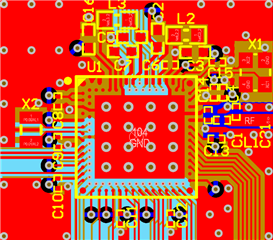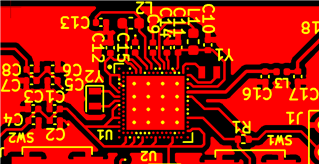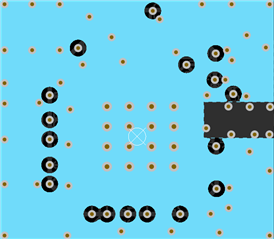Hello,
Is it possible to receive a review for a board i'm developing??
This board is to be used as a Raspberry Pi Hat to be able to communicate using UART between RPi and nRF5340. I've followed the schematic example present on the documentation.
Requirements for the board:
- Communicate through RX/TX pins
- Having 2 leds representing nRF5340 and RPi status
- Normal and soft reset button (Soft reset is to clear some configurations on nordic)
PCB:
1st layer - GND
2nd layer - N/A
3rd layer - VDD-nRF
4th layer - GND
I have some difficulties still on the pcb antenna (still learning about it) and tried to follow the guides and recomendations for it.
The board can be found in: umesh.pdf
Thank you for your help,
David Abreu










